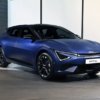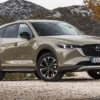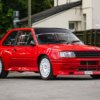The Arna belongs to the same special category of cars as the Ford Mustang II. It is common to hate them sincerely, openly and with all my heart. Fans gave them a “black mark” and labeled them as bastards, eternal losers and even sinners whose place is in the automotive underworld. This year, the reviled and controversial Alfa Romeo celebrates its anniversary. An excellent reason to delve into the dark labyrinths of her fate and find out whether she is as terrible as is commonly believed.
Italian and Japanese car culture are too distinctive to often intersect and find common ground. However, different approaches and views did not prevent quite successful collaboration on the basis of design. For example, carroceria Ghia drew an Isuzu 117 Coupe, and Italdesign drew an Isuzu Piazza and a Suzuki Carry microvan with symmetrical side glazing and the same slope of the front and rear pillars.
Isuzu Piazz
IsuzuIsuzu Piazz
Isuzu Isuzu Piazz
Isuzu Piazz
Isuzu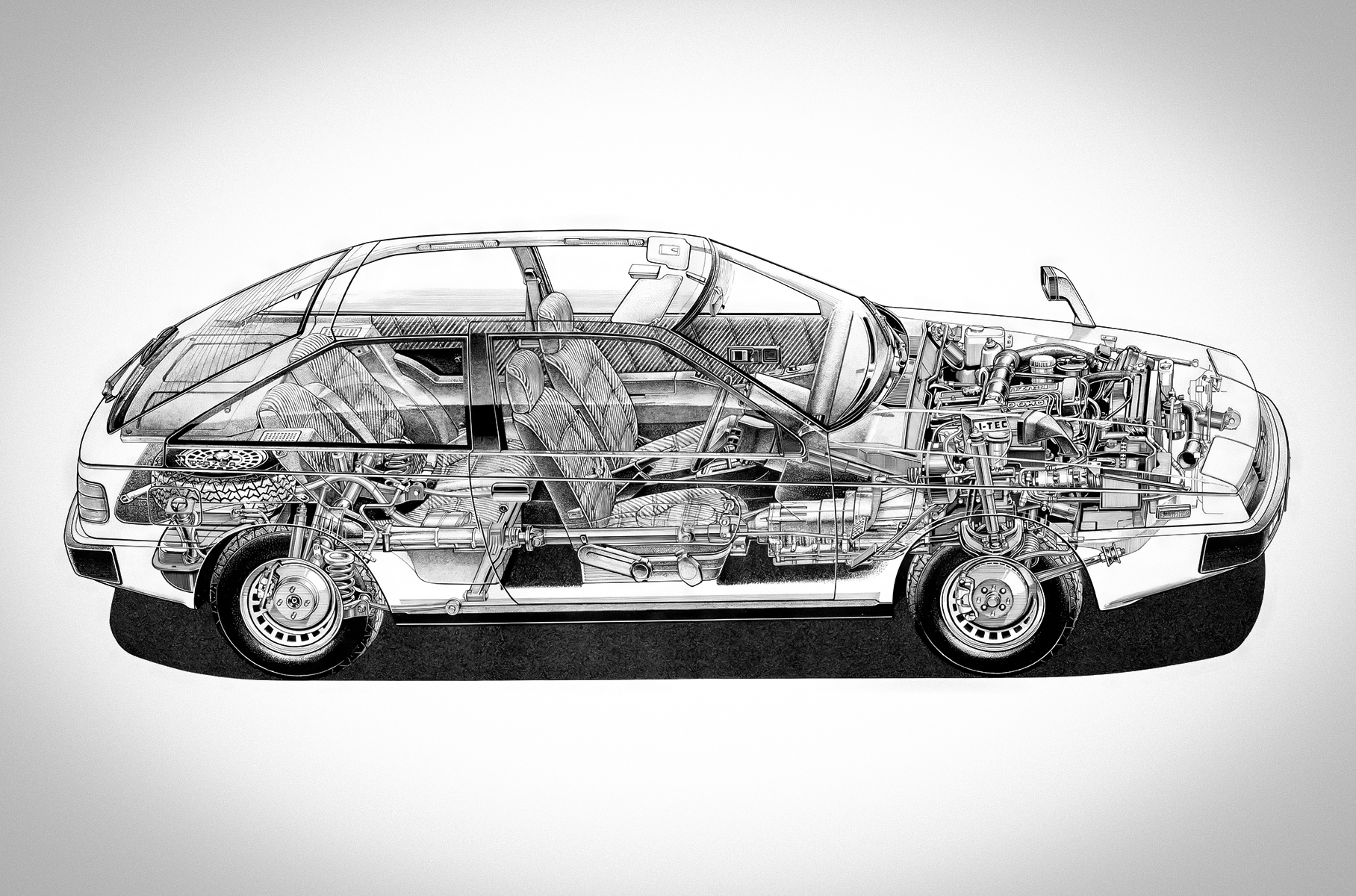
Arna appeared as part of a completely reverse collaboration: this time the Italians went to knock on the doorsteps of one of the giants of the Japanese industry in the hope of a lifeline in the form of ready-made technical solutions.
Alfa Romeo Alfasud
Alfa Romeo Alfa Romeo Alfasud
Alfa Romeo Alfasud
Alfa Romeo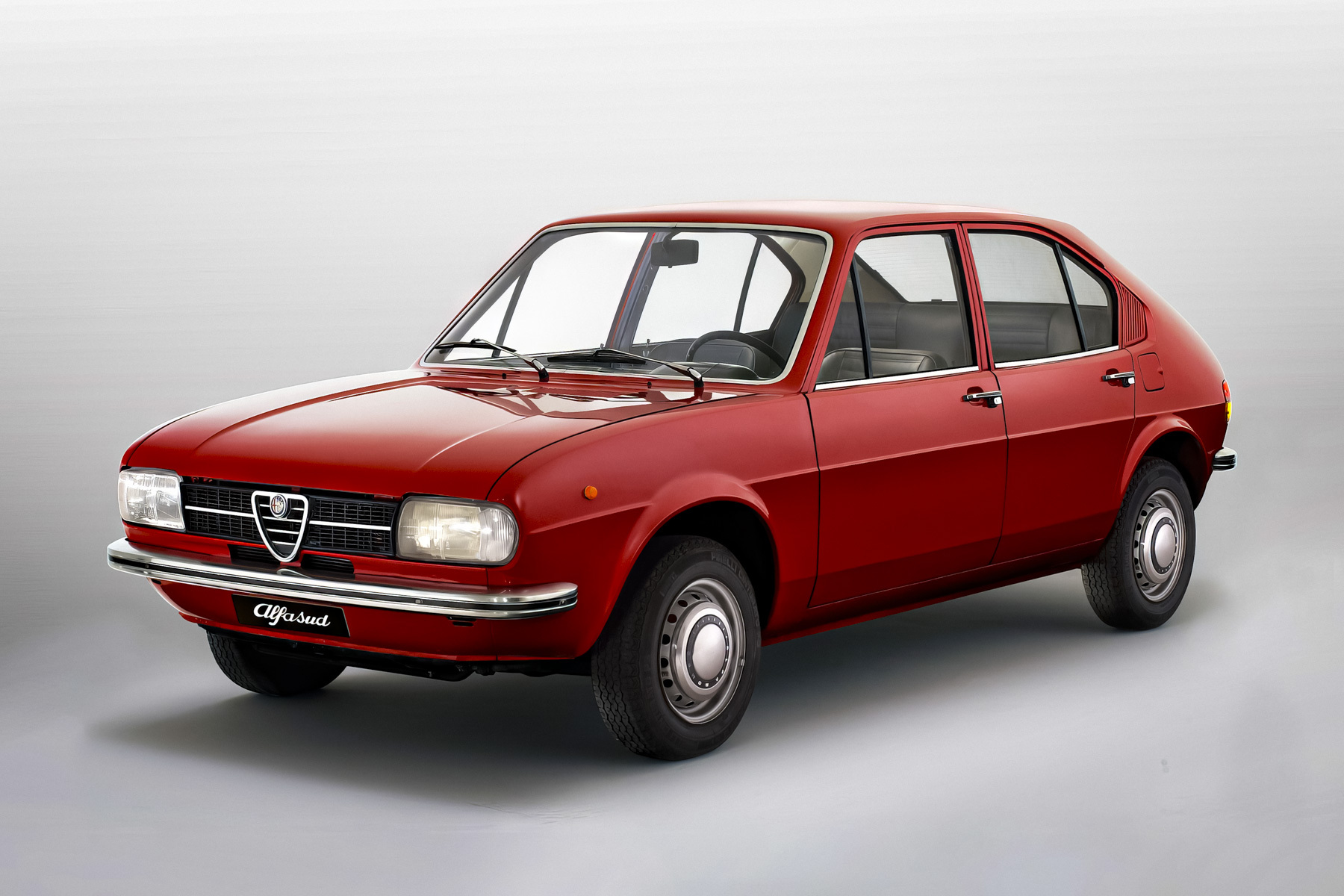 Alfa Romeo Alfasud
Alfa Romeo Alfasud
Alfa Romeo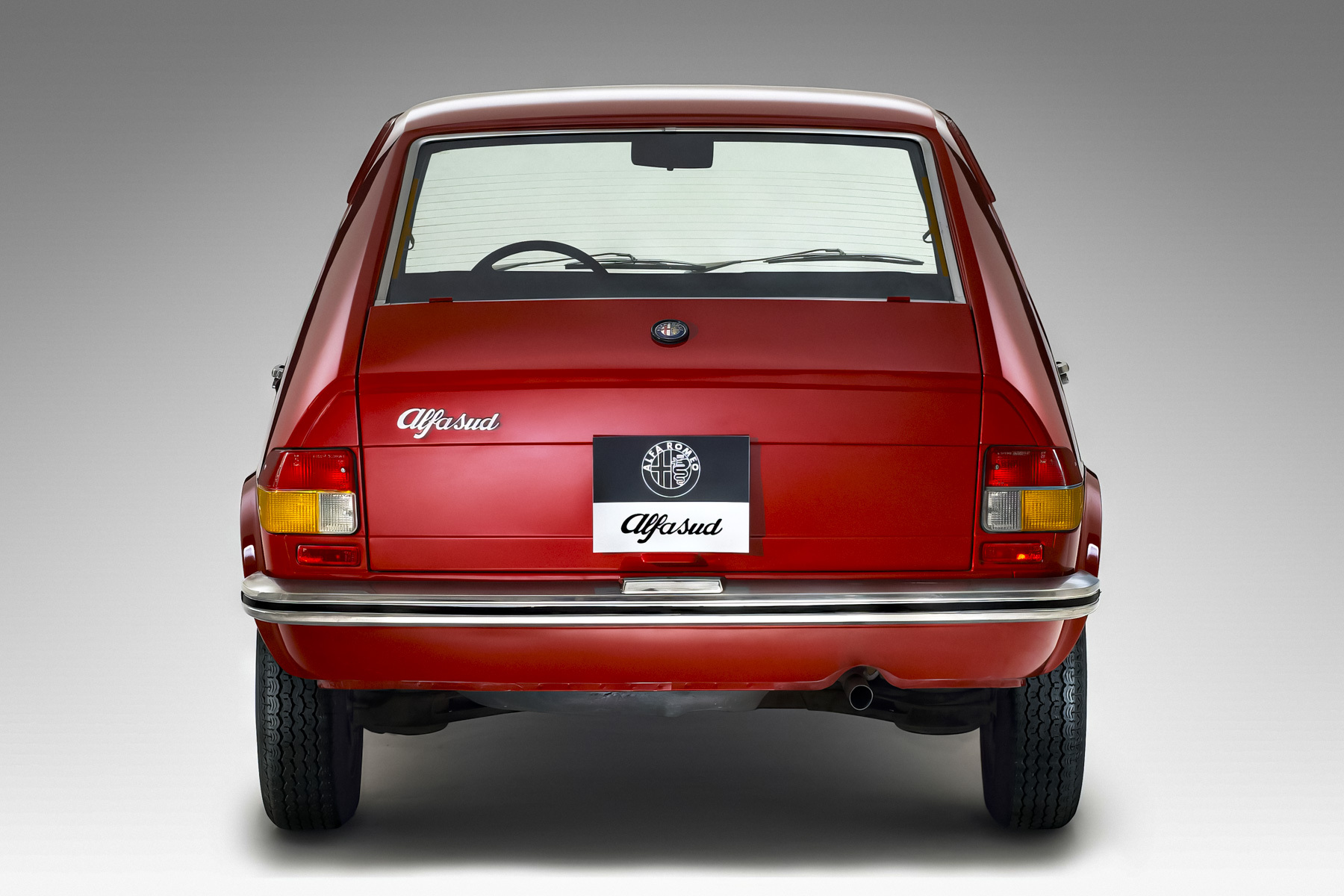 Alfa Romeo Alfasud
Alfa Romeo Alfasud
Alfa Romeo Alfa Romeo Alfasud Sprint
Alfa Romeo Alfasud Sprint
Alfa Romeo Alfa Romeo Alfasud Sprint
Alfa Romeo Alfasud Sprint
Alfa Romeo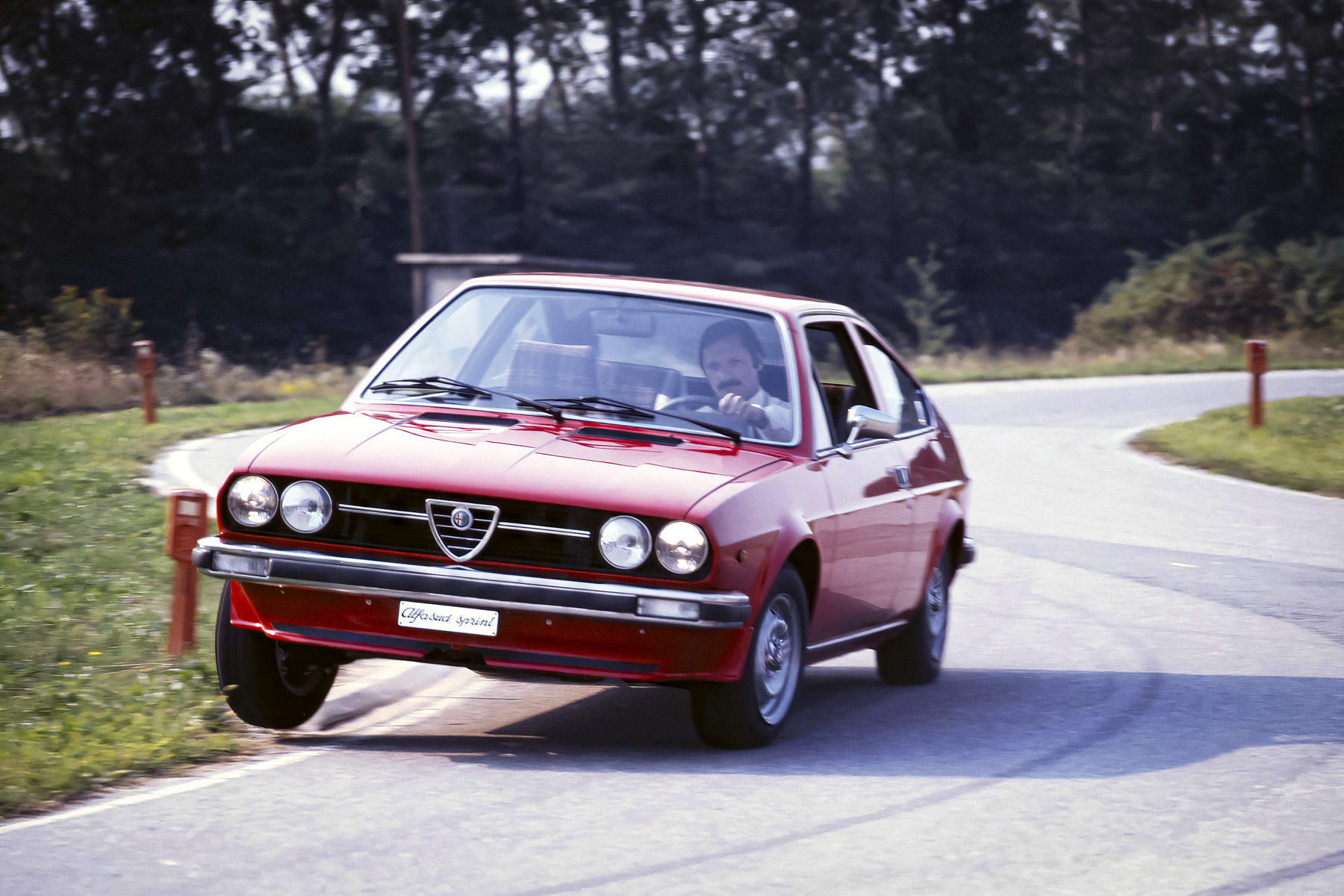 Alfa Romeo Alfasud Sprint
Alfa Romeo Alfasud Sprint
Alfa Romeo Alfa Romeo Alfasud Sprint
Alfa Romeo Alfasud Sprint
Alfa Romeo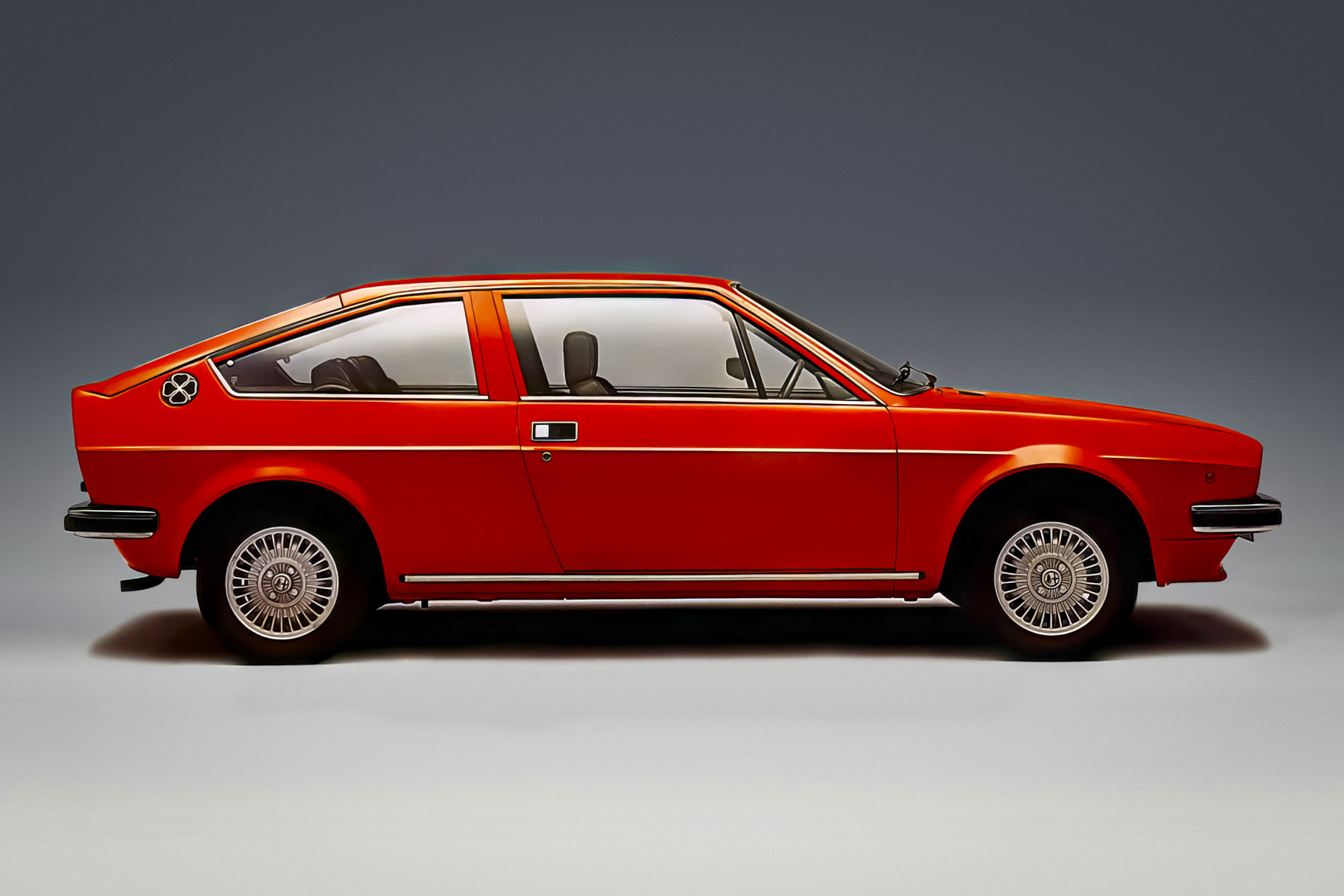 Alfa Romeo Alfasud Sprint
Alfa Romeo Alfasud Sprint
Alfa Romeo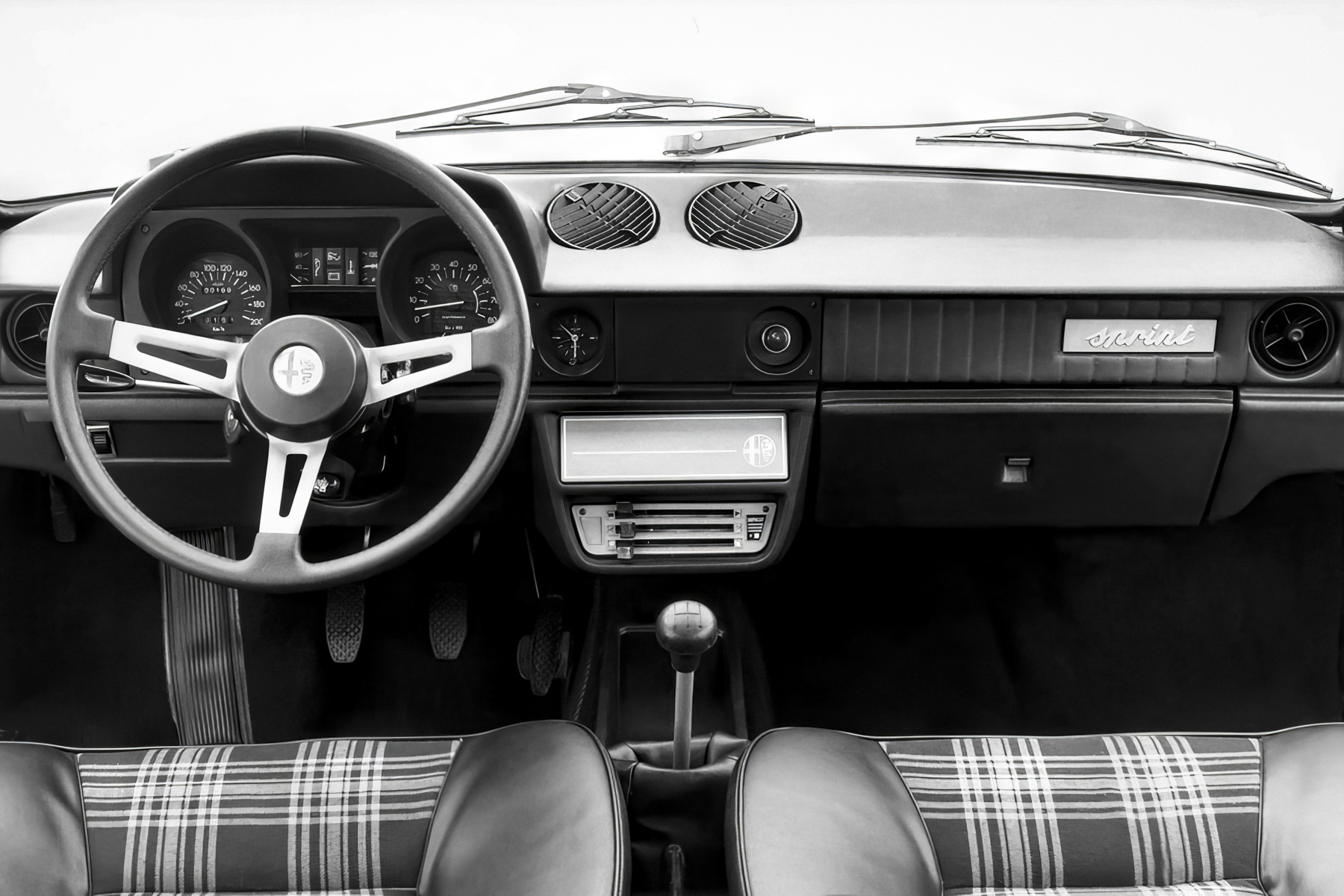
To understand how the glorious company came to such a life, you have to go back almost a decade and a half. In 1967, its head Giuseppe Luraghi got the idea to bring a compact model to the market. There was no funding for the plan, so we had to turn to the government for help. A loan of 360 billion lire was issued, but with a fatal condition, as it turned out later. The assembly should have been organized in the southern commune of Pomigliano d’Arco (province of Naples), where there is no tradition and culture of such production. The imposed “regional” strategy for the sake of new jobs predetermined the name: the model was called Alfasud, and sud in Italian means south.
 Alfa Romeo Alfasud Sprint
Alfa Romeo Alfasud Sprint
Alfa Romeo
Problems were not long in coming. The emerging details of the project seriously angered Fiat management. There was a gentleman’s agreement between the companies to avoid competition within the same class as much as possible, which Fiat managed to violate with its 130 family and Dino coupe. Therefore, Alfa Romeo obviously felt the moral right to take up the small car and gathered highly qualified specialists around it. The development was led by the Austrian maestro Rudolf Grushka with experience in Volkswagen, Porsche and… Fiat. He was lured away from the opponents’ camp, and this circumstance only exacerbated the conflict.
 Alfa Romeo Alfasud Sprint
Alfa Romeo Alfasud Sprint
Alfa Romeo
The level of qualification of the designers is evidenced by the fact that it took only four years to create Alfasud from scratch and launch it, compared with the industry average of six at that time. The car, born in record time, turned out to be extremely interesting. Everything about it is gourmet engineering, amazing driving properties and, in addition, style from Giorgetto Giugiaro himself. Grushka and his colleagues used front-wheel drive, opposed four-cylinder engines (influenced by Volkswagen) with a volume of 1.2 liters, a combination of MacPherson struts at the front and a rear beam with a Watt mechanism for exquisite neutral handling, rack and pinion steering and all-round disc brakes. , and the front ones are shifted to the main gear to reduce unsprung masses. The fuel tank was located in a safe area under the rear seat.
 Alfa Romeo Alfasud Sprint
Alfa Romeo Alfasud Sprint
Alfa Romeo
The journalists were delighted with all their hearts. The British publication Autocar was generous in its praise and noted that the compact hatchback demonstrates “incredible handling”, while being spacious, comfortable and quiet. Car magazine named the Alfasud “Car of the Decade”, and Ford used it as a reference model when developing its third-generation front-wheel drive Escort.
 Alfa Romeo Alfasud Sprint
Alfa Romeo Alfasud Sprint
Alfa Romeo
Alas, the fairy tale about the Italian princess brought a lot of disappointments. The plan was to build a thousand units per day, but at the height of the strike season, more than 70 units were lucky. Leisurely unskilled workers loved to rebel for any reason. In total, about seven hundred (!) strikes were recorded! Consumers soon also grabbed their heads: the little masterpiece rusted quickly and inevitably. It is customary to blame the steel for its disgusting quality, although we have come across an alternative and quite plausible opinion about a gross violation of the production process. “Think about how an Alfasud could turn out from the outskirts of Milan, and not from the South …,” one gentleman with many years of operating experience correctly noted in a thematic online discussion.
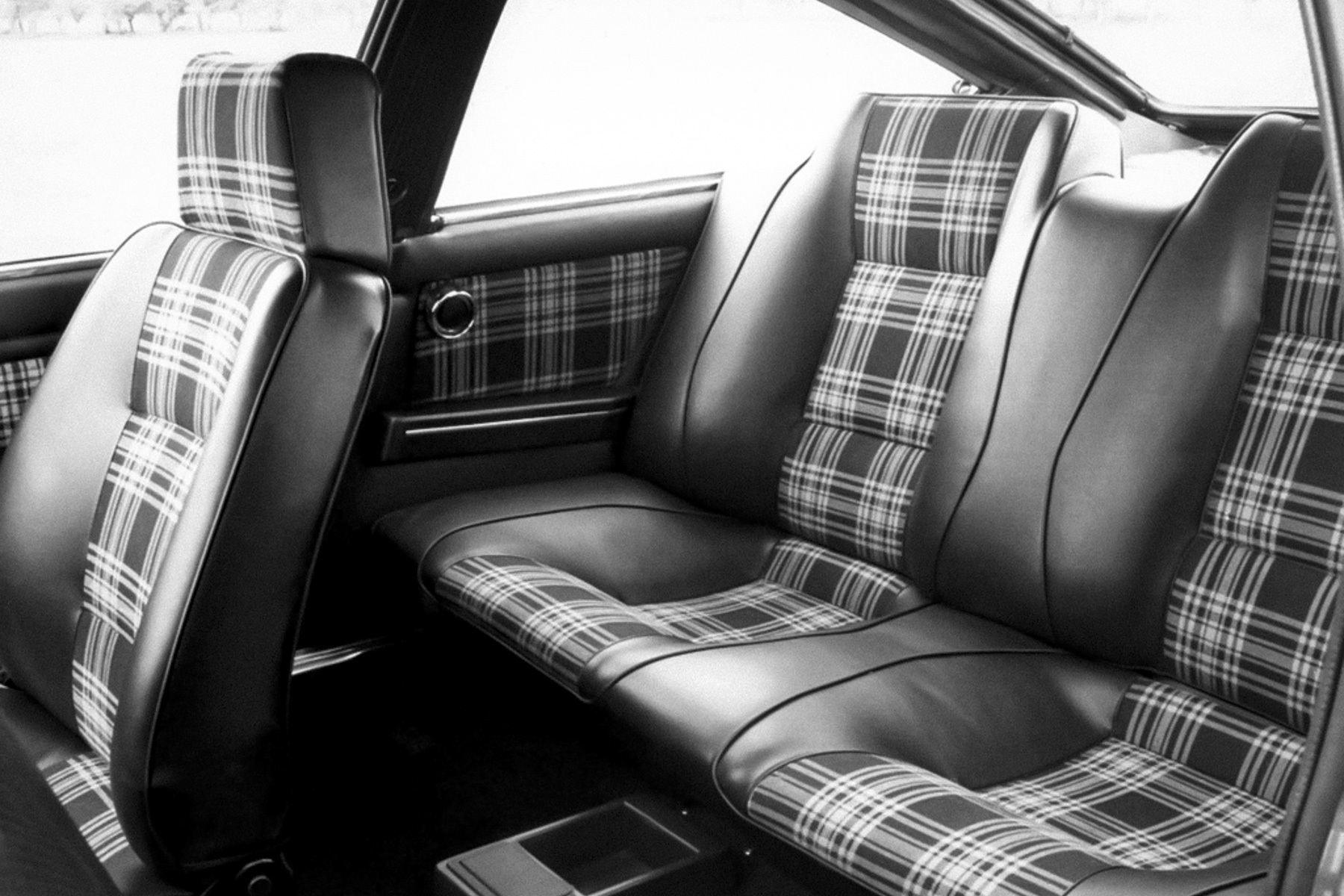 Alfa Romeo Alfasud Sprint
Alfa Romeo Alfasud Sprint
Alfa Romeo
All of the above is doubly sad. Quality problems have left a dark, hard-to-wash stain on the brand’s reputation and technology. By the end of the seventies, Alfa Romeo was in a difficult situation. The debt burden threatened its existence and forced it to take urgent action. Those that, on the one hand, seem like a breakthrough strategy, and on the other, a gesture of hard-to-conceal despair. The five-door 33 was being prepared to replace the Alfasud, while the need for an affordable model remained. It also made it possible to “stir up” the long-suffering Neapolitan factory, increasing the production volumes of power units.
 Alfa Romeo Arna
Alfa Romeo Arna
Alfa Romeo
But where can you get a cheap, mass-produced Alpha? Things were bleak with the “accounting” department; there was not enough time to create a new product from scratch on our own… It seemed possible to pull off the idea with the participation of a strong partner. And then the Italians turned their gaze to the wise East. Negotiations with Nissan began in the spring of 1979, and in the fall of 1980 the parties signed an agreement on the founding of the ARNA (Alfa Romeo Nissan Autoveicoli) enterprise with equal shares of participants. Later, industry publications would cite him as an excellent example of how not to combine the potential of two companies.
The key word is “combine”.
Nissan Pulsar
Nissan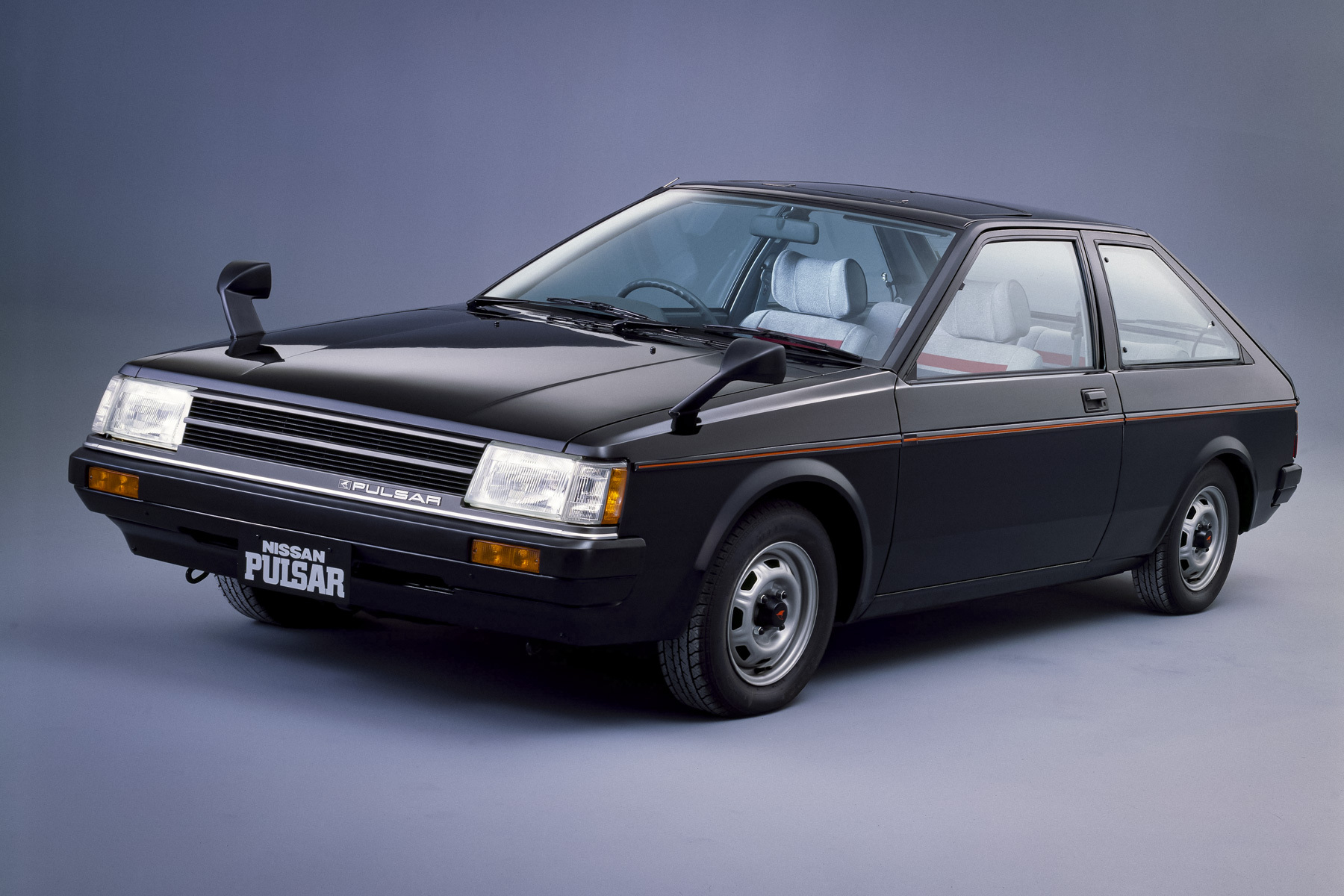 Nissan Pulsar
Nissan Pulsar
Nissan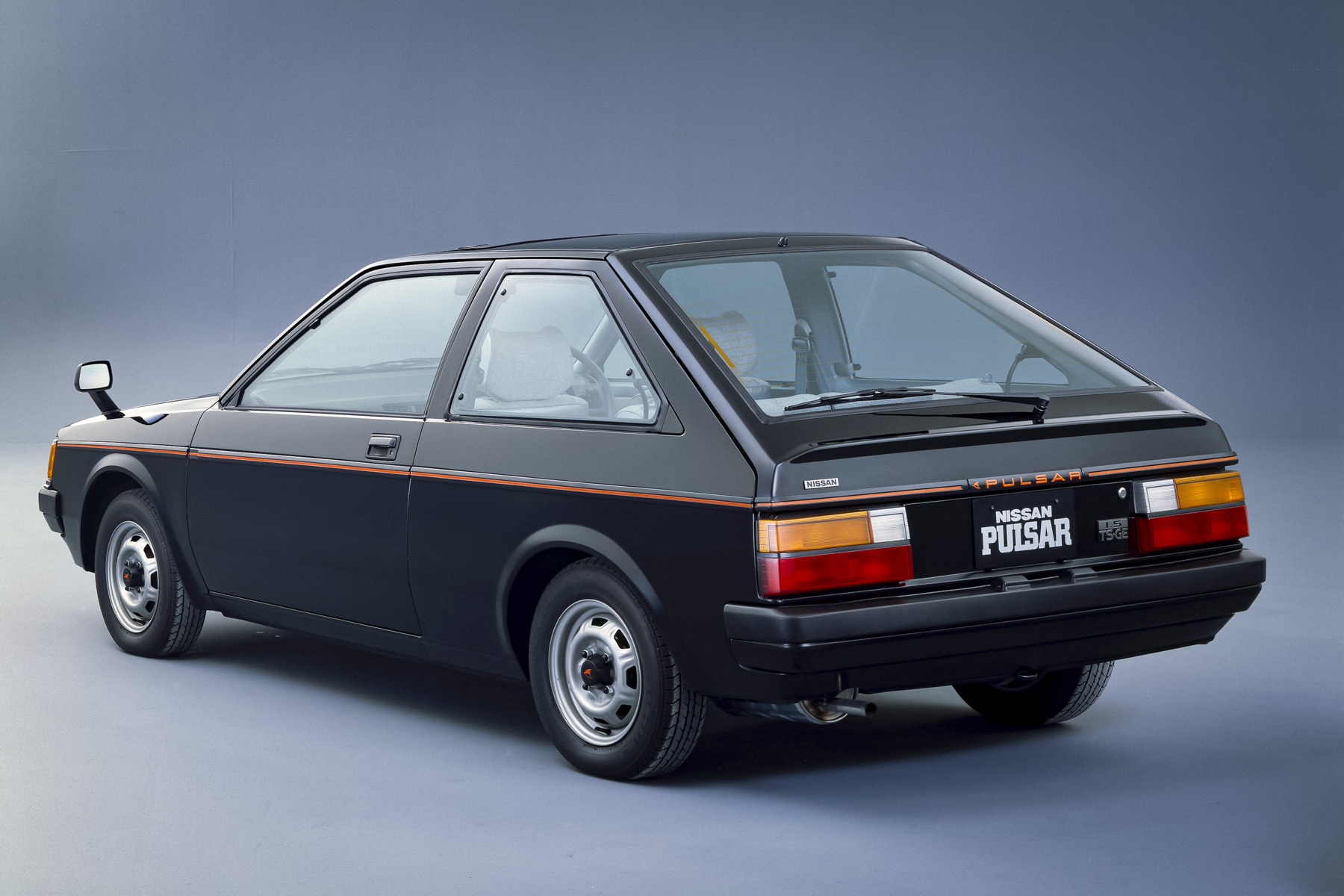 Nissan Pulsar
Nissan Pulsar
Nissan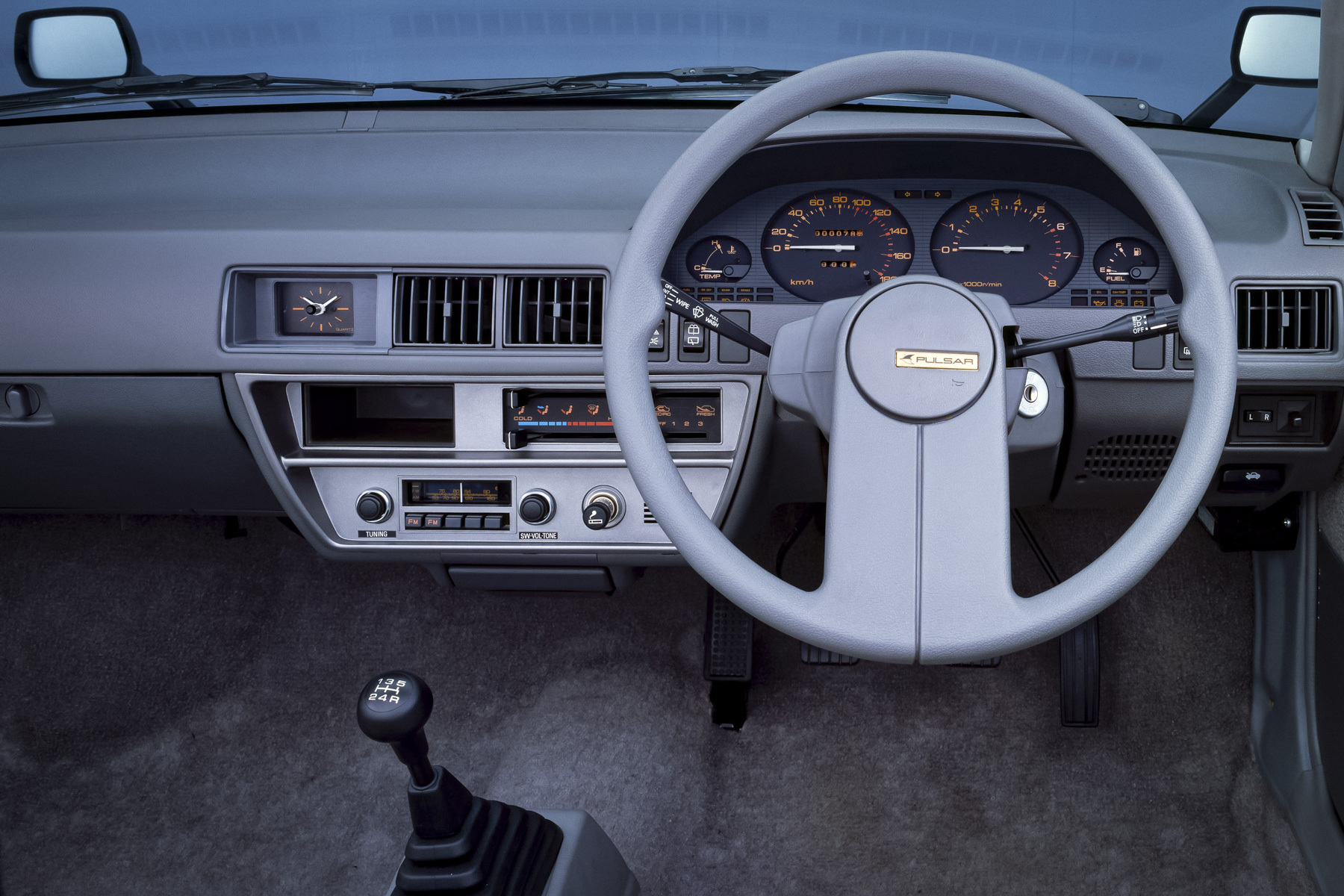 Nissan Pulsar
Nissan Pulsar
Nissan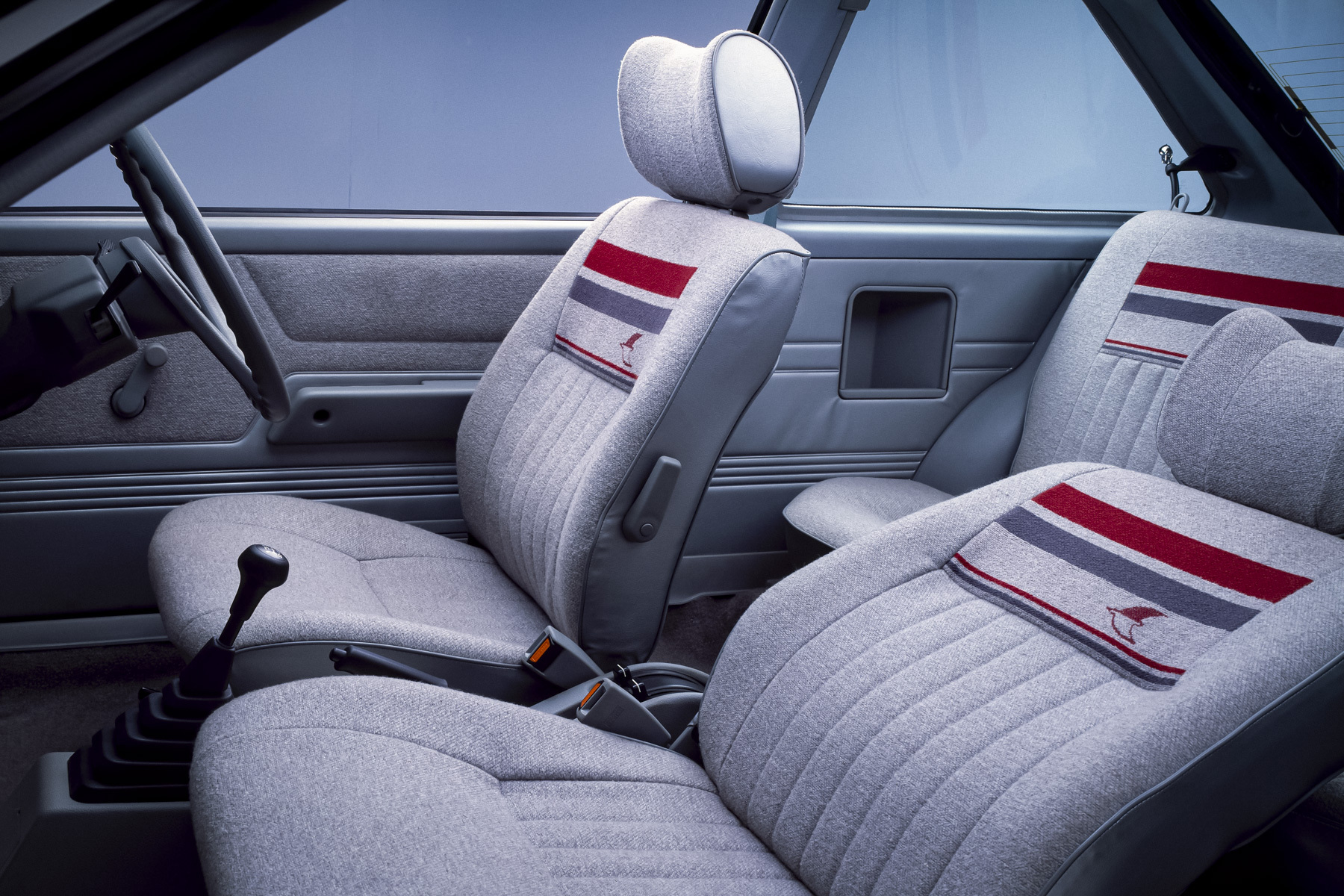
This was not about banal badge engineering, when one brand graciously accepts a ready-made product and tries to promote it under its own logo. From the union of Alfa and Nissan, an eclectic car was born. Very pragmatic and, from the point of view of loyal fans, very cynical. Let’s start with the fact that the “half-breed” did not at all resemble a full-fledged “Alpha” simply because it made do with the body of the not particularly remarkable Pulsar/Cherry N12 hatchback. The origin of the design excludes even a hint of discussion about high matters: there was practically nothing Italian in the appearance of the Arna. Nissan is like “Nissan”, only with different bumpers, radiator grille and optics. A bottle of tap water with a Chianti label…
 Alfa Romeo Arna
Alfa Romeo Arna
Alfa Romeo
The opposed 1.2-, 1.3- and 1.5-liter “fours”, a non-alternative five-speed manual transmission and front suspension with modified calibrations were shared by Alfasud, and a retuned rear suspension was shared by the Japanese donor. Thus, Arna became the first mass-produced Alfa Romeo with independent rear suspension.
 Alfa Romeo Arna
Alfa Romeo Arna
Alfa Romeo
As you probably guessed, the concept of “one by one” didn’t work, and that’s putting it mildly. They planned to sell 60 thousand units annually, but in total, during the period from 1983 to 1987, they managed to sell… 53,047. Between the signing of the agreement and the launch, the Japanese yen exchange rate sharply increased against the lira, which increased the cost of Nissan components and undermined the rather fragile economics of the project. It was also not easy with the analogue under the name Nissan Cherry Europe. Buyers frankly did not understand another, but more expensive “Cherry” and, in addition, with a strange “boxer” engine.
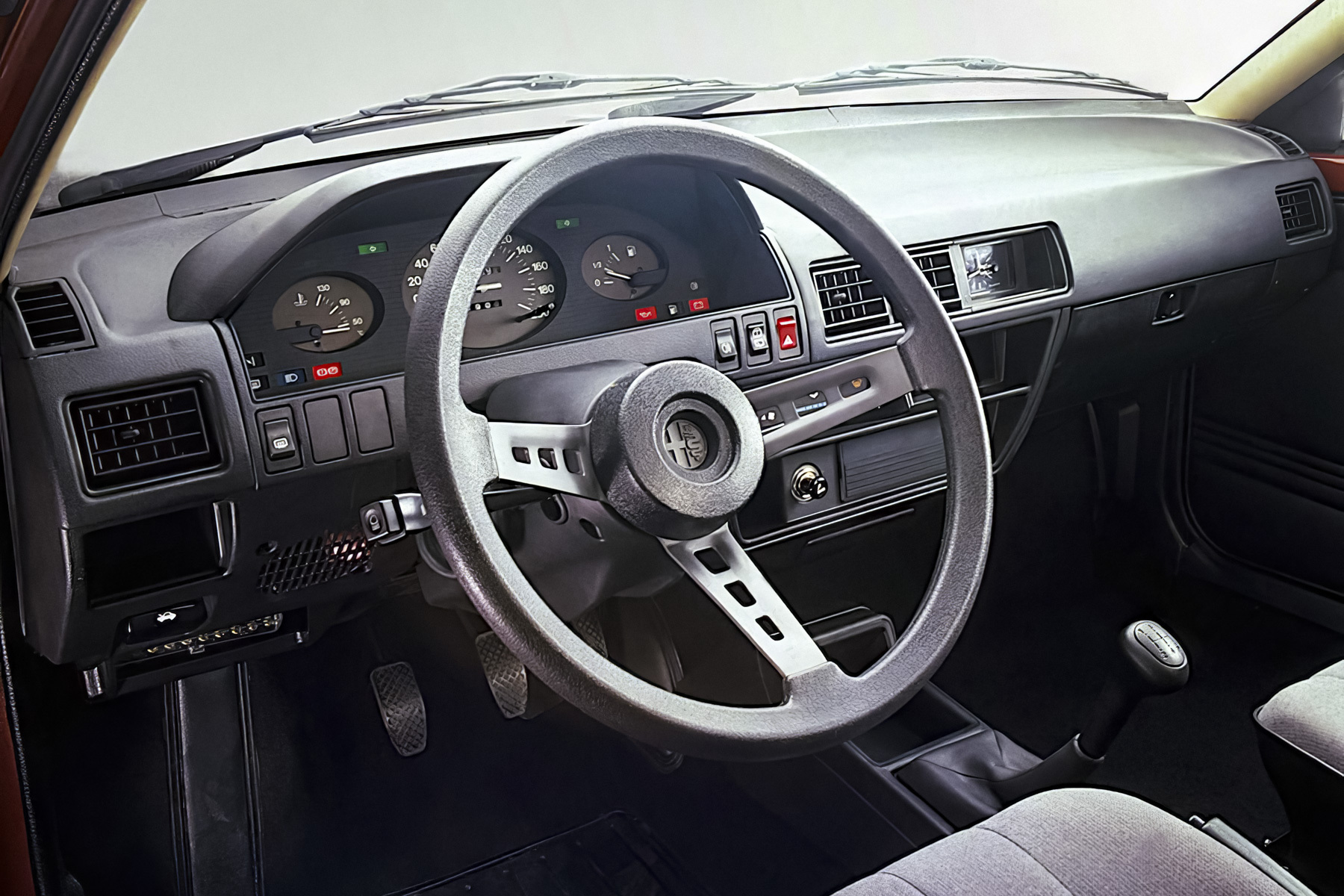 Alfa Romeo Arna
Alfa Romeo Arna
Alfa Romeo
In English-language sources, we came across the opinion that the most controversial aspect of Arna is, if not ugly, but tasteless appearance. In reality, everything is somewhat more complicated; a complex of factors played a fatal role. “It looked boring and the Nissans of that era had poor handling, which was not in keeping with a sporty brand like Alfa.” With Alfa Romeo engines and electronics, reliability was not one of its strong points either. It was a completely opposite formula: if Alfa had taken over the style and driving properties, and Nissan had provided a reliable chassis, then the car could have been a hit,” our colleagues from the British publication Auto Express conclude. It’s hard to disagree with them.
 Alfa Romeo Arna
Alfa Romeo Arna
Alfa Romeo
In 1986, Fiat acquired Alfa Romeo, and at the same time bought out the Japanese share in ARNA and soon put an end to the fate of the hatchback, which by that time had become an object of ridicule. Adherents of corporate traditions obviously saw him as a traitor who had tarnished the family honor. The truth is that Arna is not bad, just not good enough.
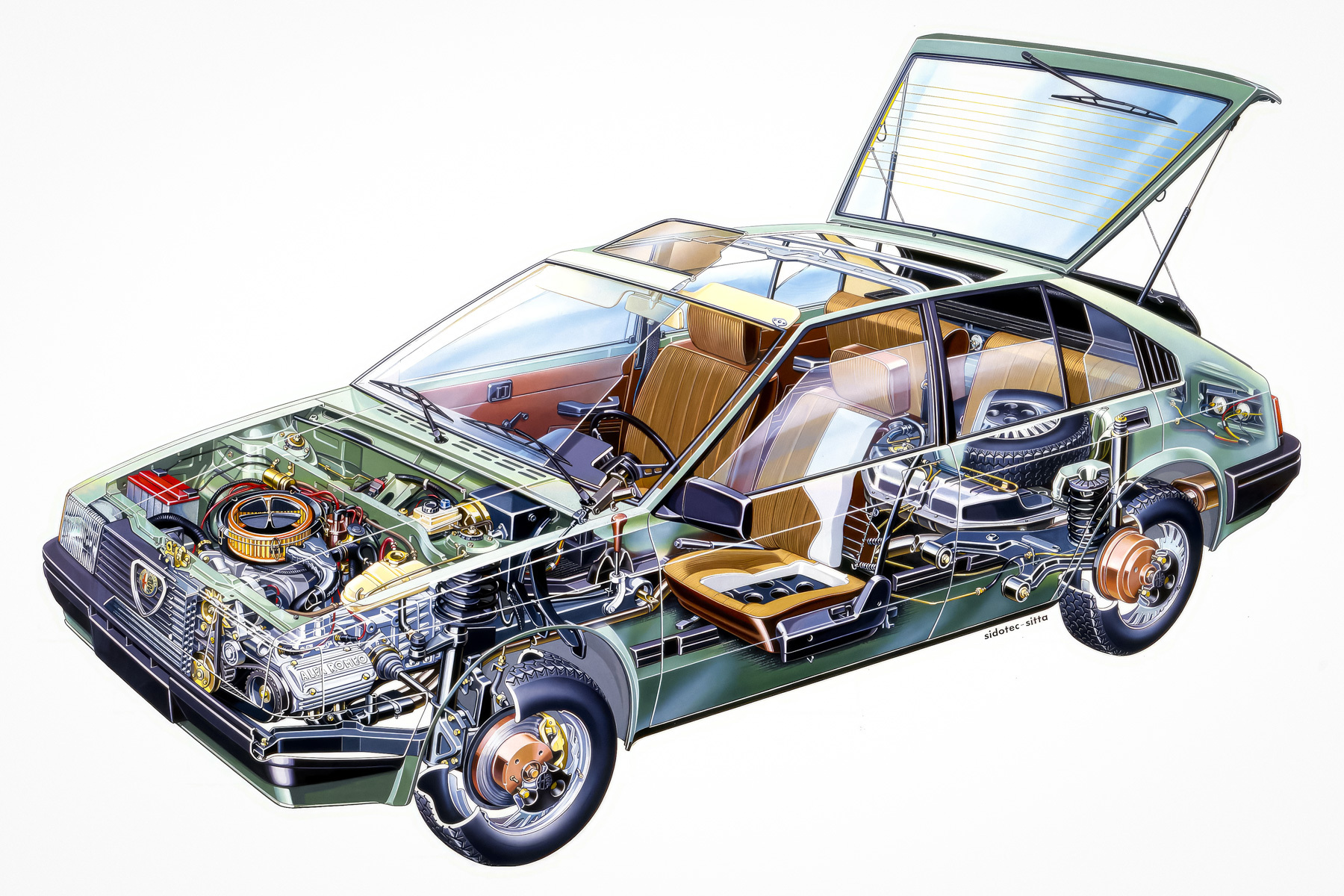 Alfa Romeo Arna
Alfa Romeo Arna
Alfa Romeo
The same prejudices under the guise of immutable truth tired the Italian historian Matteo Licata, and he wrote the book “Alfa Romeo Arna – The True Story 1980–1987” with an objective analysis of the facts and events of bygone days.
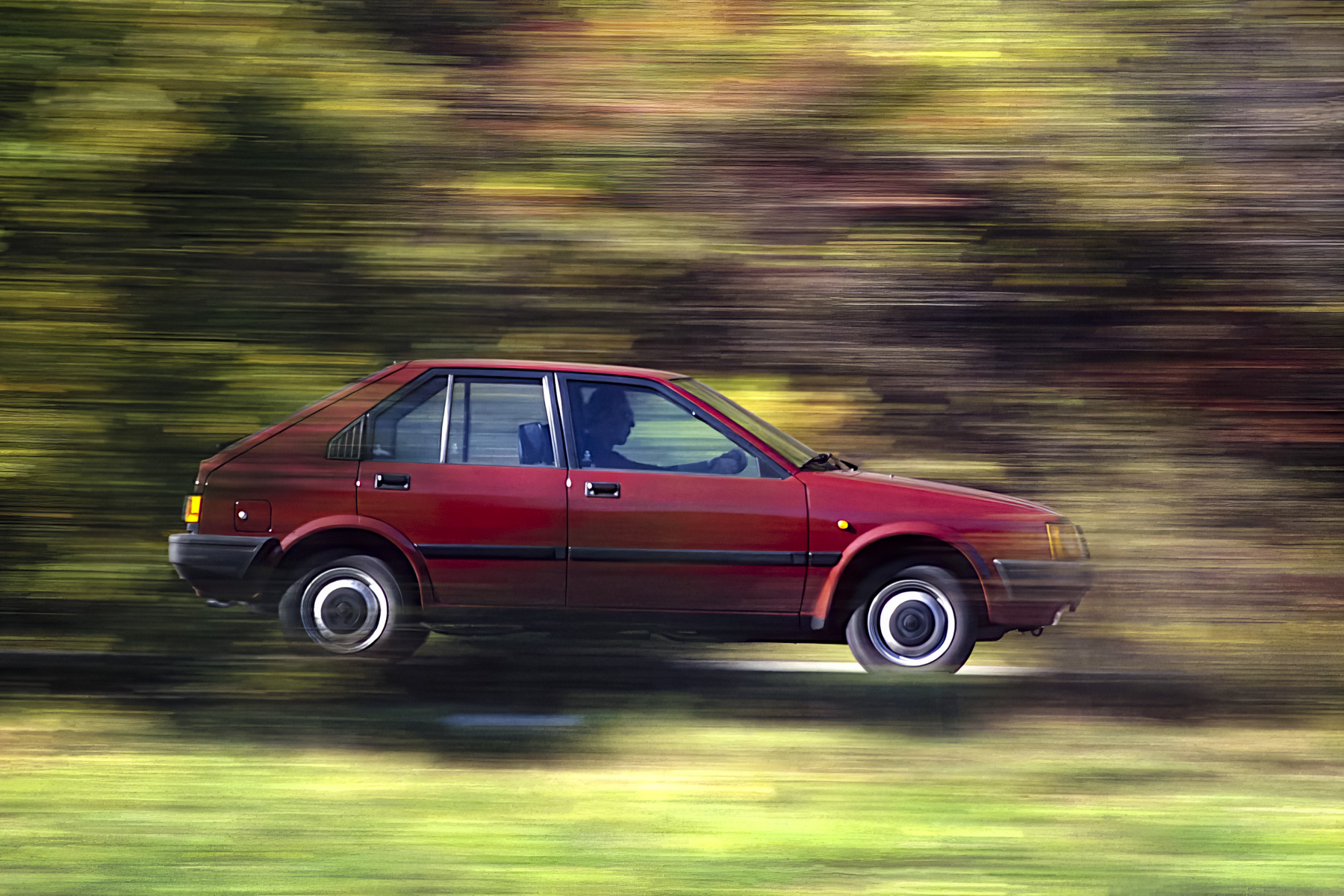 Alfa Romeo Arna
Alfa Romeo Arna
Alfa Romeo
“It’s unlikely that anyone has significant experience with the car, given that not many of them were produced, and the last one was sold back in 1987, presumably thanks to detailed conversations and a significant discount,” Licata gracefully throws a cobblestone into the garden of critics. The author is harsh and fair towards his main character. For example, he pays tribute to the efficiency when, under time pressure, two different platforms were merged in less than two years, and at the same time opened a new assembly site. At the same time, Matteo Licata calls the construction of an additional plant to solve the problem of excess production capacity illogical.
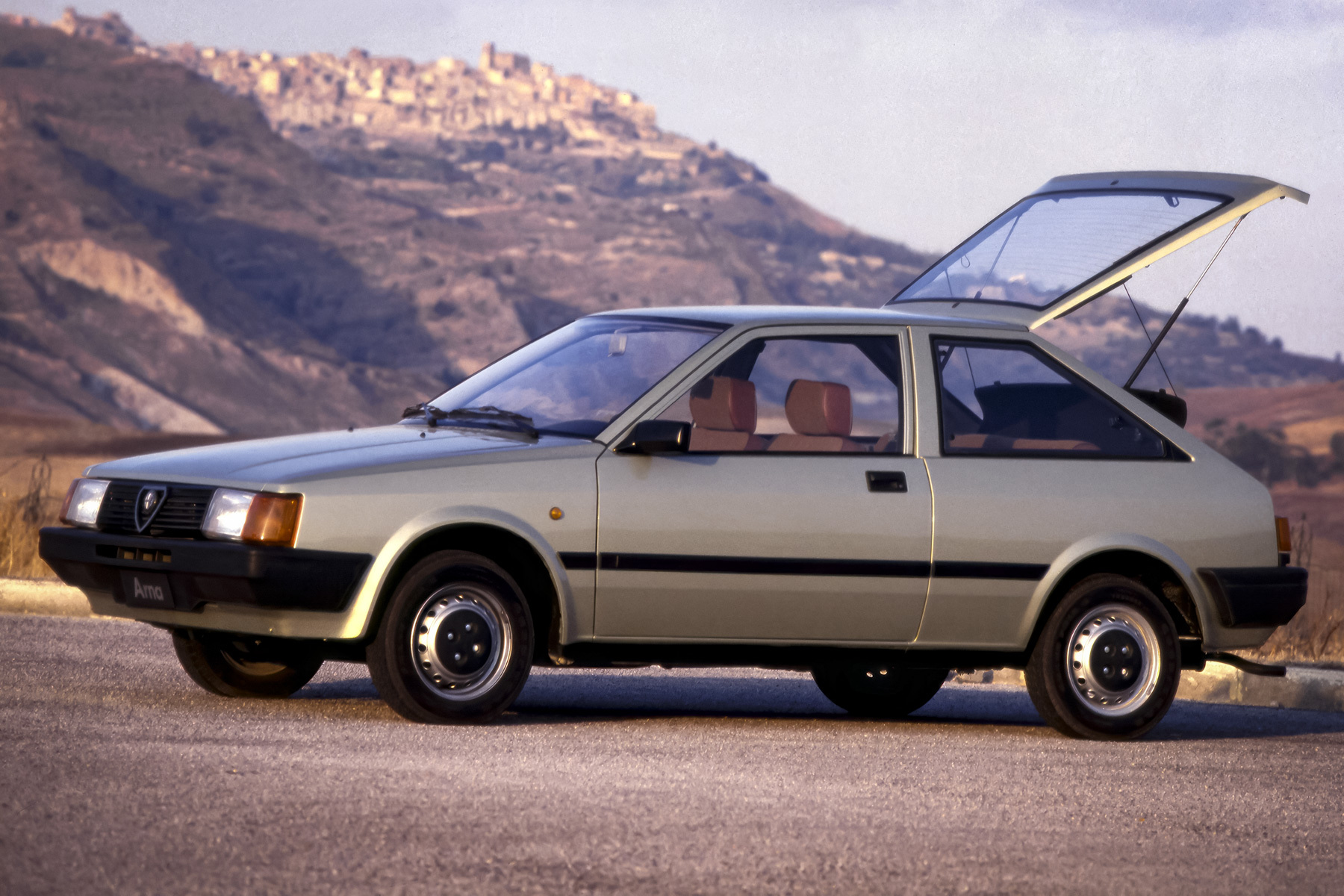 Alfa Romeo Arna
Alfa Romeo Arna
Alfa Romeo
We found a neutral and therefore credible assessment of the Arna in an old publication dedicated to it in Motor Sport Magazine for July 1985. “Remembering the pleasure of driving the Alfasud, I think it is best to forget about the supposed connection between them and consider the newcomer as a Nissan-Romeo or a Japanese Alfa Romeo,” says its author. The controls and instrument panel without a tachometer on the test hatchback did not raise any questions. The brakes are good, but the completely indistinct force on the steering wheel (3.6 turns from lock to lock) during straight-line movement worsened the understanding with the chassis. The rear suspension is stiff and the seat lacks lateral support. But these miscalculations are compensated by high fuel efficiency, practicality and generally adequate manners.
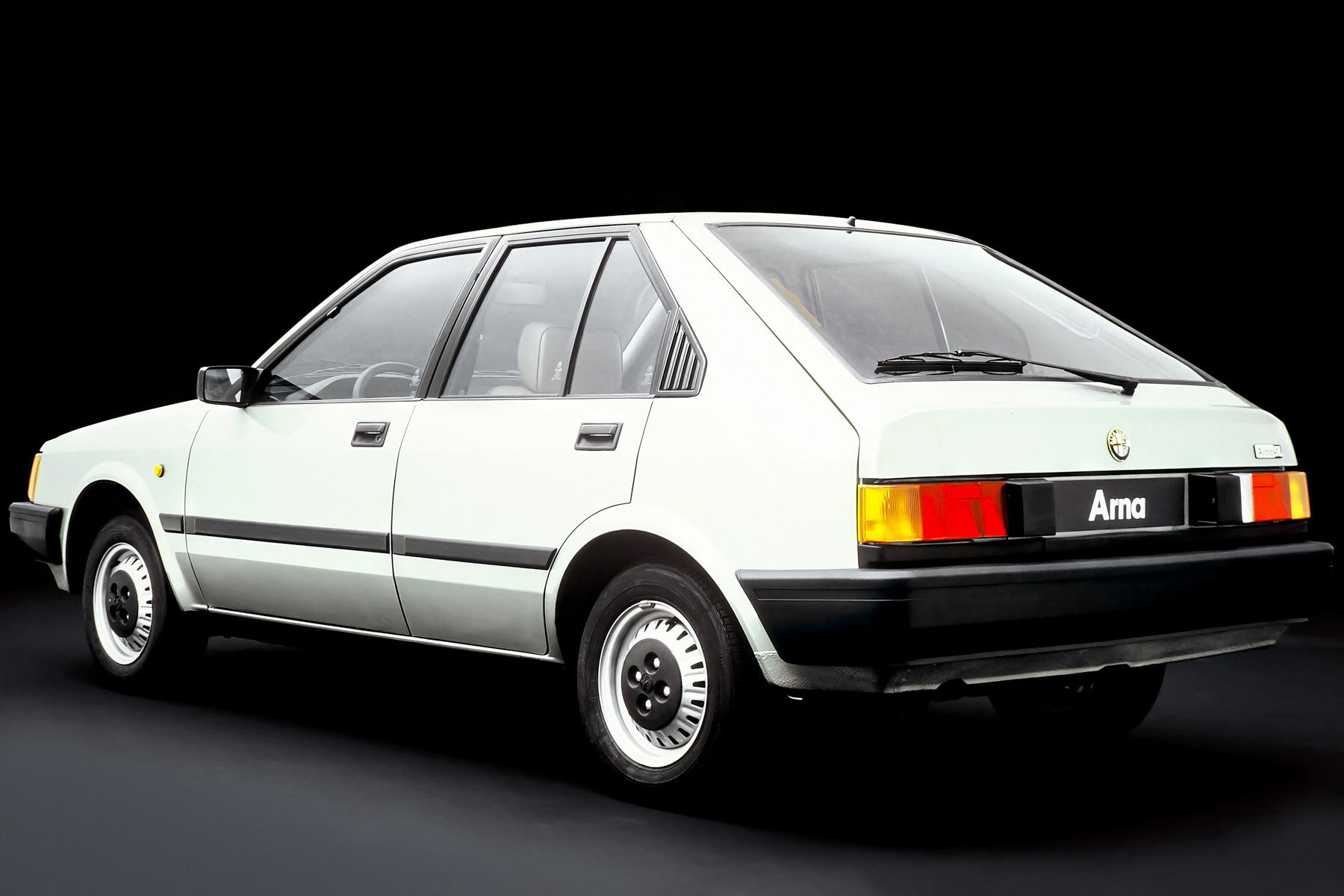 Alfa Romeo Arna
Alfa Romeo Arna
Alfa Romeo
At the beginning of the essay, it was no coincidence that we mentioned the Ford Mustang II. Arna also bore the burden of responsibility for preserving family values. And it also came under the crossfire of consumers with high expectations who did not want to consider a small “honest” car outside the context of the philosophy and image of the brand. We believe that such a trick would not work today. After all, this is Alpha! /m



